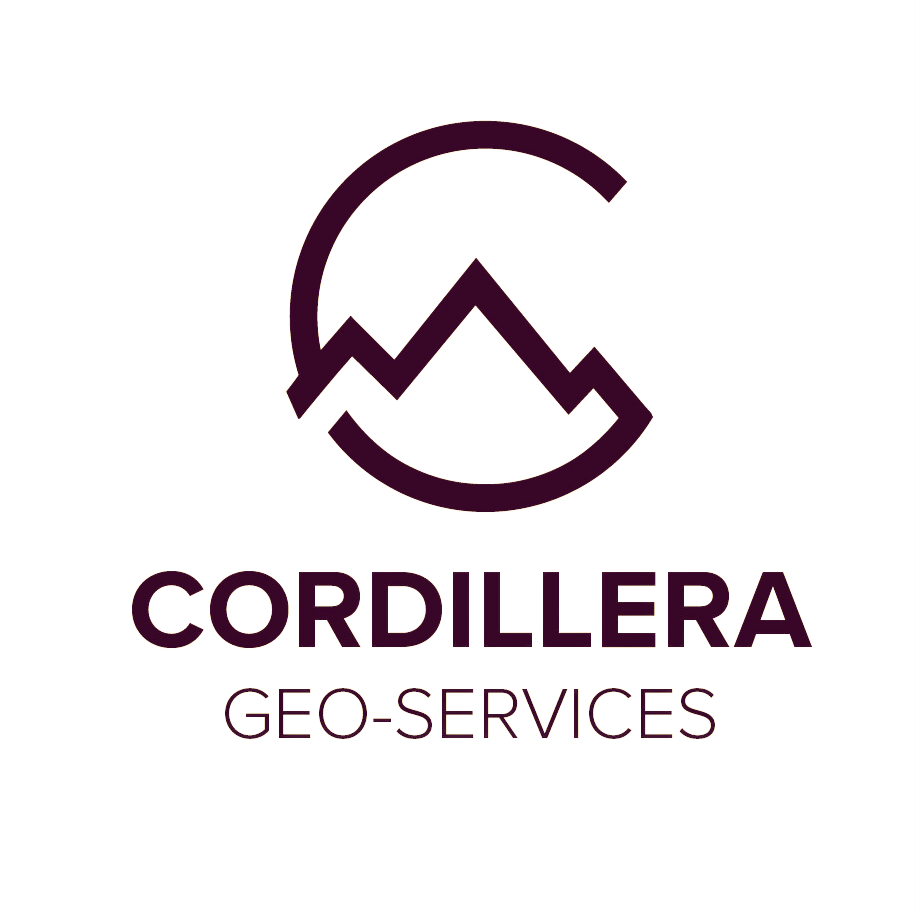Contact us for an initial consultation and cost estimate.
Cordillera Geo-Services (CGS) specializes in:
Explore Cordillera Geo-Services
Cordillera Geo-Services specializes in producing geological and geophysical data that concerns to site conditions above and below the ground surface, which are valuable input for project design and development; the identification of geological hazards, and the exploration of natural resources – like water, minerals, and geothermal energy.
How I Help Mining Services
As a licensed Professional Geoscientist, I offer geological and geophysical services to sectors such as engineering, energy, mining, water resources, environmental, construction, and cultural resources management. Cordillera Geo-Services specializes in producing geological and geophysical data that concerns to site conditions above and below the ground surface, which are valuable input for project design and development; the identification of geological hazards and, the exploration of natural resources – like water, minerals, and geothermal energy.
Exploration and Mapping Project
Perlite ore exploration and mapping project. Perlite is a naturally occurring amorphous hydrated silicic volcanic glass of rhyolitic composition formed through secondary alteration by the slow diffusion of meteoric water into the glass/silica structure under low-temperature surficial conditions. Perlite is commonly vitreous in the field, with a pearly luster and concentric fractures, with colors ranging from transparent light gray to glossy black. Perlite’s geologic settings include the glassy parts of domes and lava flows of rhyolitic composition, pyroclastic flows and ignimbrites, vitric tephra, and the chill margins of dykes and sills, and welded ash-flow tuffs.
Groundwater Exploration & Imaging
Groundwater exploration in arid regions with 2D Electrical Resistivity Imaging. 2D ERI (electrical resistivity imaging) is a widely used and accepted geophysical technique used to explore groundwater potential. ERI can decrease the uncertainty in the drilling phase.
ERI can detect fractured zones affecting an aquifer, which facilitate well productivity.
Cordillera Geo-Services provides geophysical and geological field investigations to develop an understanding of your projects’ near-surface settings.
Our Core Values
At CGS our core values are used as a set of guiding principles and fundamental beliefs that we believe in and that help us function together as a team ensuring we’re working toward a common goal.
Collaborations

Cordillera Geo-Services is proud to collaborate with Cross Timbers Geoarchaeological Services to offer our clients geoarchaeological services, including the documentation of late Quaternary soil-stratigraphy and interpretation of depositional, erosional, and soil histories of archaeological sites, and the sampling and interpretation of granulometric, chemical, magnetic susceptibility, stable isotope, radiocarbon, and single-grain optically stimulated luminescence (OSL) data sets.

Cordillera Geo-Services is honored to collaborate with Park Seismic LLC to offer our clients Multi-Channel Analysis of Surface Waves (MASW) services, including field data collection (active, passive, or both), data processing, data interpretation, and report writing in English, Spanish, or both. Together, we can assist clients anywhere in the United States, Mexico, or any other Spanish-speaking country worldwide. Spanish tech support is also available.

Cordillerageo Geo-Services is pleased to collaborate with Intelligent Resources Software, Inc., creators of Rayfract. Rayfract is a seismic refraction and borehole tomography software that allows reliable imaging of subsurface velocity structures including faults, strong lateral velocity variations, and other velocity anomalies.
Trusted Partners
Cordillera Geo-Services is honored to collaborate with the following trusted partners.




